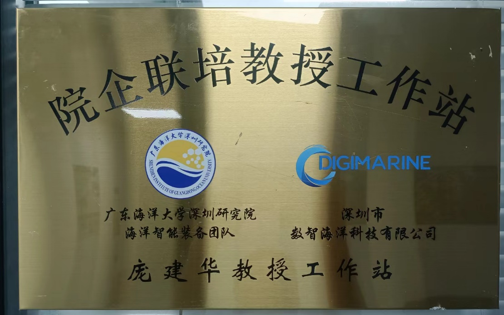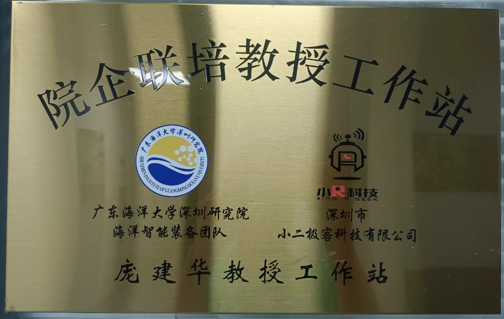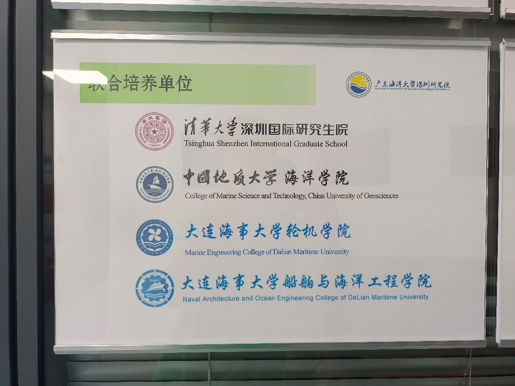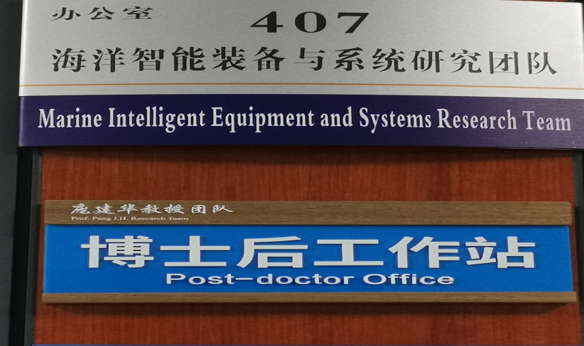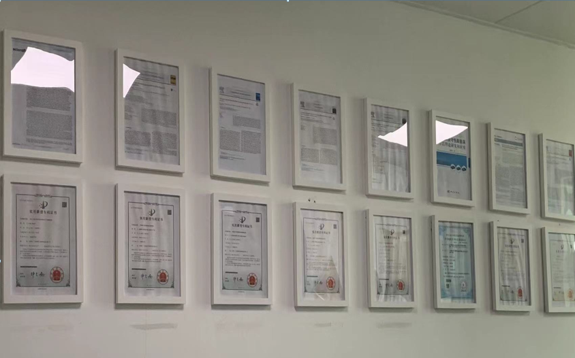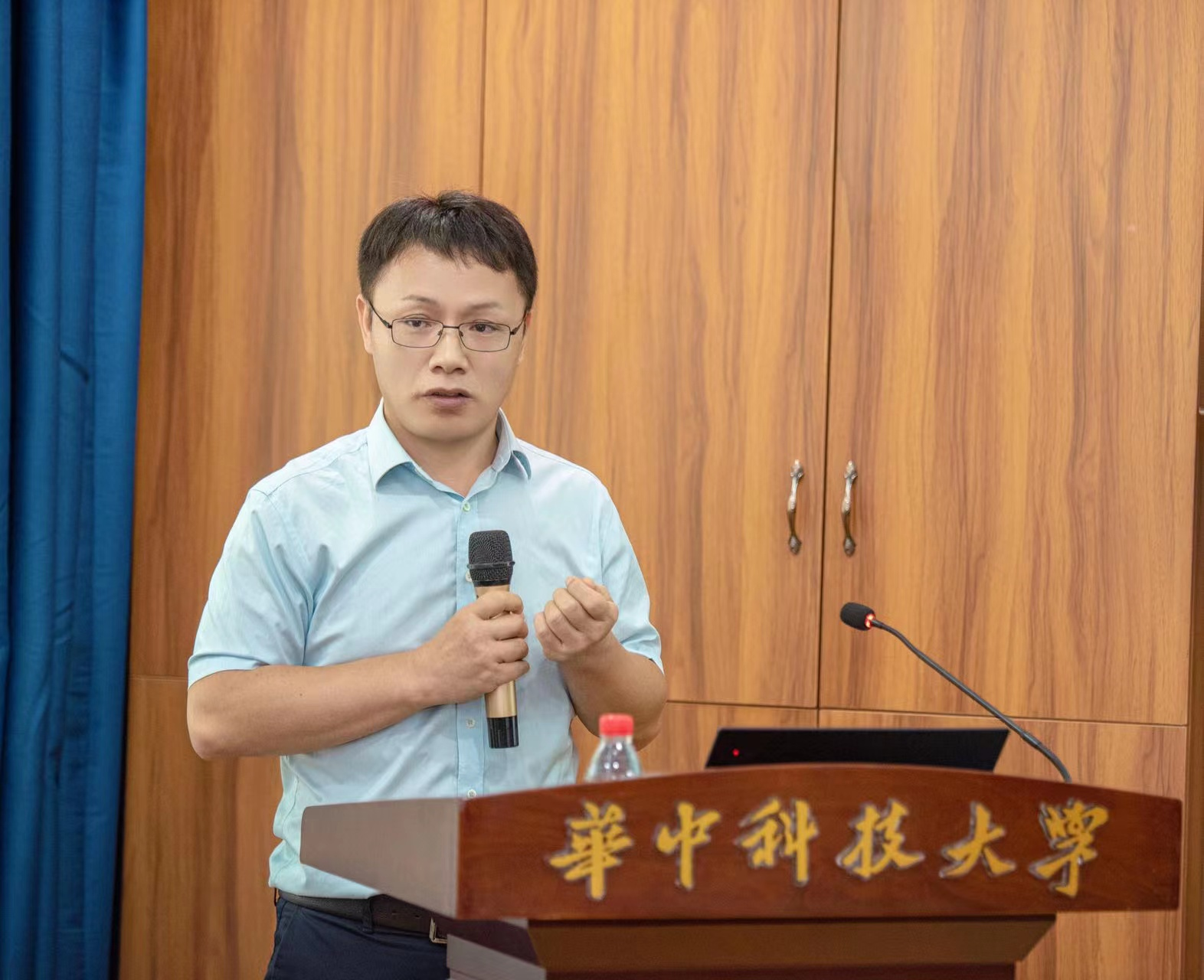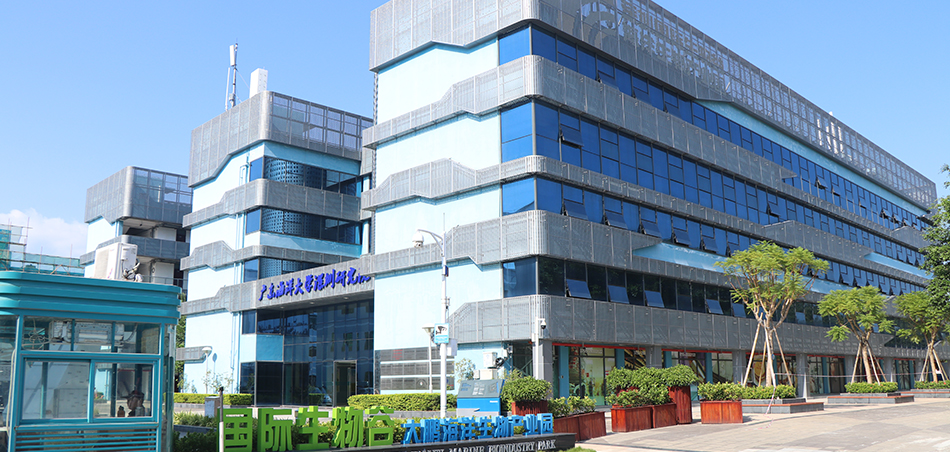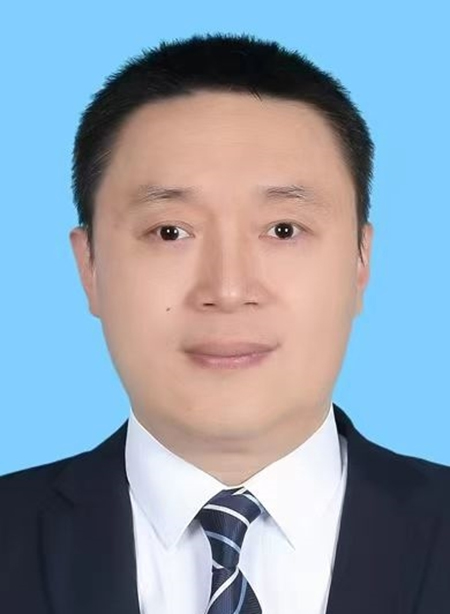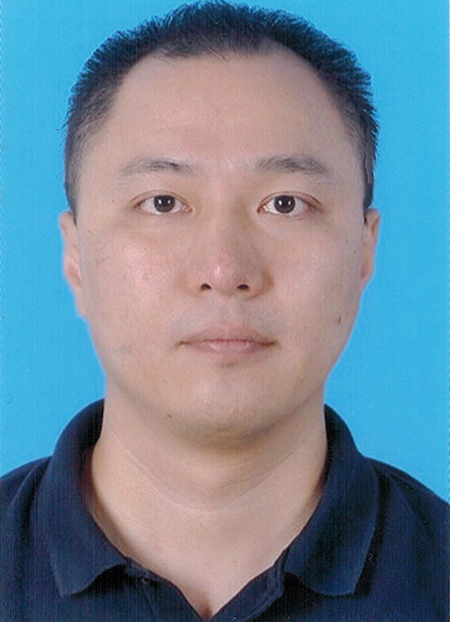Marine Intelligent Equipment and Systems Research Team
成立于2021 年 9 月
“以深海矿产工程核心技术为导向,深入开展深海矿产基础技术研究,引进高端人才,培养深海矿产工程急需的应用性人才,真正做到“立地顶天”
研究方向/领域
•鱼群泳游姿态调节机理和应用研究。
•仿微纳生物动力学机理和应用研究。
•深海新型材料感知机理和应用研究。
团队负责人
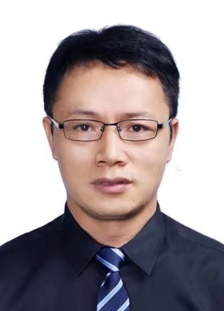
庞建华,教授,清华大学优秀博士后,博士生导师,广东省青年科学家,拔尖人才杰出青年学者
计算流体力学,清华大学国际研究生院海洋工程技术博士后导师,大连海事大学船舶与海洋工程博士后流动站导师,中国地质大学(武汉)海洋科学博士后流动站导师,深圳高层次领军后备级人才,深圳国际生物谷特聘专家;主持和在研国家级省部级等项目 4 项;发表论文 34 余篇,其中 SCI、EI 26 篇,top 期刊 6 篇,在科学出版社出版专著 1 部,专利 18 项,软件著作权 1 项;开发智能装备系统 2 套,深海立管涡激振动分析软件 1 套,担任国际学术期刊《Frontiers In mechanical Engineering》编委会委员。
团队成员:
 宗智,教授
宗智,教授
计算流体力学,辽宁造船学会副理事长 中国造船工程学会第六、七届船舶力学学术委员会副主任委员,《水动力学研究与进展》编委,《Journal of Hydrodynamics》编委,《船舶力学》编委,《Journal of Marine Science and Application》编委。
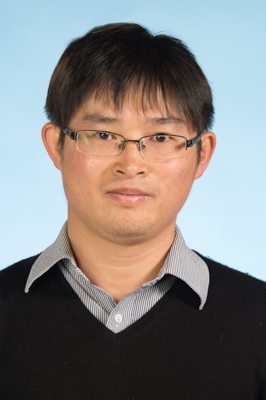 F.B.Tian,教授
F.B.Tian,教授
计算流体力学,自 2017 年起担任澳大利亚新南威尔士大学堪培拉校区(2024 年 QS 全球排名第 43 位)工程与信息技术学院教授,并获澳大利亚研究理事会早期职业研究员奖(ARC DECRA Fellow)。于 2011 年 6 月获得中国科学技术大学工程力学博士学位。在晋升高级讲师之前,曾先后任美国范德堡大学博士后研究员(2011 - 2013)、新南威尔士大学堪培拉校区副研究员(2013 - 2014)及讲师(2014 - 2017)。田博士长期致力于流固耦合问题及复杂流动的计算流体动力学方法研究,已发表 80 余篇期刊论文。
他于 2016 年获得澳大利亚研究理事会 DECRA 学者称号,并于 2020 年担任 ARC 发现计划项目首席研究员。此外,他还主持或联合主持多项工业界、政府部门及国防项目。田博士积极投身学术服务工作,担任期刊编委、会议/研讨会组织者及论文/基金/学位论文评审专家。
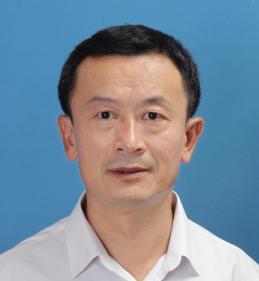
严谨,教授
海洋科学教育部 2018 - 2022 年海洋工程类教学指导委员会委员,兼任中国钢结构协会海洋钢结构分会常务理事、广东造船工程学会常务理事等,担任《船舶工程》《船海工程》《海洋工程》等杂志理事编委。
主要从事船舶及海洋装备结构动态特性分析与安全可靠性评估领域研究。主持完成国家自然科学基金 1 项和广东省自然科学基金 3 项,主持完成国家“十三五”海洋经济创新发展示范城市项目、广东省促进经济高质量发展专项等科研项目,至今已在国内外权威期刊上发表学术论文 40 余篇,其中 SCI/EI 收录 16 篇,获批专利 20 余件,出版著作 2 部。
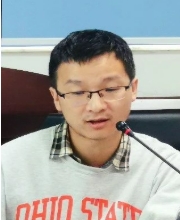 魏松瑞,助理教授
魏松瑞,助理教授
光子神经网络,深圳大学物理与光电工程学院助理教授、深圳大学微纳光电子学研究院副研究员;深圳大学物理与光电工程学院博士后、西安交通大学材料科学与工程博士、美国俄亥俄州立大学材料科学与工程访问学者。深圳大学强磁场物理交叉学科研究中心副主任,深圳视光学会视觉表现与元宇宙分会委员,国家自然科学基金委函评专家。
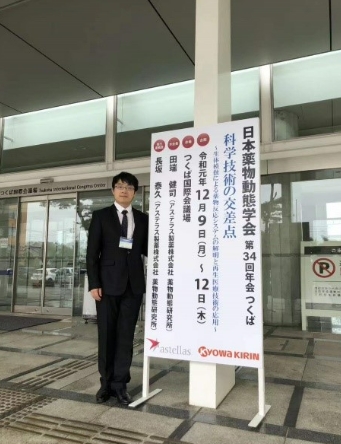 陈挚,副研究员
陈挚,副研究员
光学传感基因检测,毕业于日本国立岛根大学,2020 年进入深圳大学微纳光电子学博士后流动站工作,成为张晗教授课题组成员。在站期间,主要围绕表面等离子共振技术、光学传感器结合 CRISPR 技术开展光学传感基因检测技术的研究。目前,陈挚继续在原有基础上将该技术在光学纤维上拓展应用,以提供多通道检测的可能性;同时在电化学领域发展便捷、居家检测的新方向。相关科研论文以第一、共同第一、通讯作者发表于《Advanced Science》,《National Science Review》,《Nano - Micro Letters》等著名国际期刊。
论文
A numerical simulation model for the vortex induced vibration of flexible risers using dynamic stiffness matrices
[1] Pang J , Zhu B , Zong Z .A numerical simulation model for the vortex induced vibration of flexible risers using dynamic stiffness matrices[J].Ocean Engineering, 2019, 178(APR.15):306 - 320.DOI:10.1016/j.oceaneng.2019.03.007.
Recent Progress of Fluxgate Magnetic Sensors: Basic Research and Application
[2] Wei S , Liao X , Zhang H ,et al.Recent Progress of Fluxgate Magnetic Sensors: Basic Research and Application[J].Sensors, 2021, 21(4):1500.DOI:10.3390/s21041500.
Learning to school in dense configurations with multi-agent deep reinforcement learning
[3] Zhu Y , Pang J , Gao T ,et al.Learning to school in dense configurations with multi-agent deep reinforcement learning[J].Bioinspiration & Biomimetics, 2022, 18.DOI:10.1088/1748 - 3190/ac9fb5.
The Recent Progress of Two - Dimensional Transition Metal Dichalcogenides and Their Phase Transition
[4] Chen, H.; Zhang, J.; Kan, D.; He, J.; Song, M.; Pang, J.; Wei, S.; Chen, K. The Recent Progress of Two - Dimensional Transition Metal Dichalcogenides and Their Phase Transition. Crystals 2022, 12, 1381. https://doi.org/10.3390/cryst12101381
Theoretical Study and Application of Doped 2D PbSe for Toxic Gases
[5] Zhang J , Pang J , Yan W J .Theoretical Study and Application of Doped 2D PbSe for Toxic Gases[J].Physica status solidi, B. Basic solid state physics, 2023, 260(1):n/a - n/a.DOI:10.1002/pssb.202200250.
Point - to - Point Navigation of a Fish - Like Swimmer in a Vortical Flow With Deep Reinforcement Learning
[6] Zhu, Yi et al. “Point - to - Point Navigation of a Fish - Like Swimmer in a Vortical Flow With Deep Reinforcement Learning.” Frontiers of Physics (2022).
A numerical simulation of target - directed swimming for a three - link bionic fish with deep reinforcement learning
[7] Zhu, Yi and Jinhui Pang. “A numerical simulation of target - directed swimming for a three - link bionic fish with deep reinforcement learning.” Proceedings of the Institution of Mechanical Engineers, Part C: Journal of Mechanical Engineering Science 237 (2022): 2450 - 2460.
Stable Schooling Formations Emerge from the Combined Effect of the Active Control and Passive Self - Organization
[8] Zhu Y , Pang J , Tian F .Stable Schooling Formations Emerge from the Combined Effect of the Active Control and Passive Self - Organization[J].Fluidika, 2022.DOI:10.3390/fluids7010041.
Study on SO2 and Cl2 sensor application of 2D PbSe based on first principles calculation
[9]Zhang J, Pang J, Chen H, Wei G, Wei S, Yan J, Jin S. Study on SO2 and Cl2 sensor application of 2D PbSe based on first principles calculations. RSC Adv. 2022 Mar 17;12(14):8530 - 8535. doi: 10.1039/d2ra01249a. PMID: 35424836; PMCID: PMC8984962.
Exploring monolayer Janus MoSSe as potential gas sensor for Cl2, H2S and SO2
[10] Chen H , Pang J , Zhang J ,et al.Exploring monolayer Janus MoSSe as potential gas sensor for Cl2, H2S and SO2[J].Computational & theoretical chemistry, 2022:1211.DOI:10.1016/j.comptc.2022.113665.
First - principles Study of SO 2 and NO Gas Sensors Based on SnTe Monolayer
[11] Wei G , Pang J , Zhang J ,et al.First - principles Study of SO 2 and NO Gas Sensors Based on SnTe Monolayer[J].ChemistrySelect, 2022.DOI:10.1002/slct.202204120.
Mn - doped SnTe monolayer as toxic gas scavenger or sensor based on first - principles study
[12]Wei, Guang et al. “Mn - doped SnTe monolayer as toxic gas scavenger or sensor based on first - principles study.” Physica Scripta 98 (2023): n. pag.
Theoretical study of 2D PbSe/Bi2Se3 heterojunctions as gas sensors for the detection of SO2 and Cl2
[13] Zhang, Jiwei , et al. "Theoretical study of 2D PbSe/Bi2Se3 heterojunctions as gas sensors for the detection of SO2 and Cl2." Physica Scripta 98(2023).
Effects of Different Motion Parameters on the Interaction of Fish School Subsystems
[14] Zhang, F.; Pang, J.; Wu, Z.; Liu, J.; Zhong, Y. Effects of Different Motion Parameters on the Interaction of Fish School Subsystems. Biomimetics 2023,8,510. https://doi.org/10.3390/biomimetics8070510
Adsorption of NO and NO2 on MoSeS/GaN heterojunction: a first - principles study
[15] Chen H , Pang J , Zhang J ,et al. Adsorption of NO and NO2 on MoSeS/GaN heterojunction: a first - principles study[J].IOP Publishing Ltd, 2024.DOI:10.1088/1402 - 4896/ad1da6.
First - Principles Study on CdS2 Monolayer as Toxic Gas Sensor or Scavenger
[16] Wang K , Pang J , Wei G .First - Principles Study on CdS2 Monolayer as Toxic Gas Sensor or Scavenger[J].Chemistry Select, 2024, 9(8).
C - doped CdS2 monolayer as toxic gas scavenger or sensor based on first - principles study
[17] Wang, Kuanyi , et al. "C - doped [formula omitted] monolayer as toxic gas scavenger or sensor based on first - principles study." Chemical Physics Letters 855(2024).
C - doped MoSeTe for SO2, H2S, Cl2 gas sensing study based on first - principles
